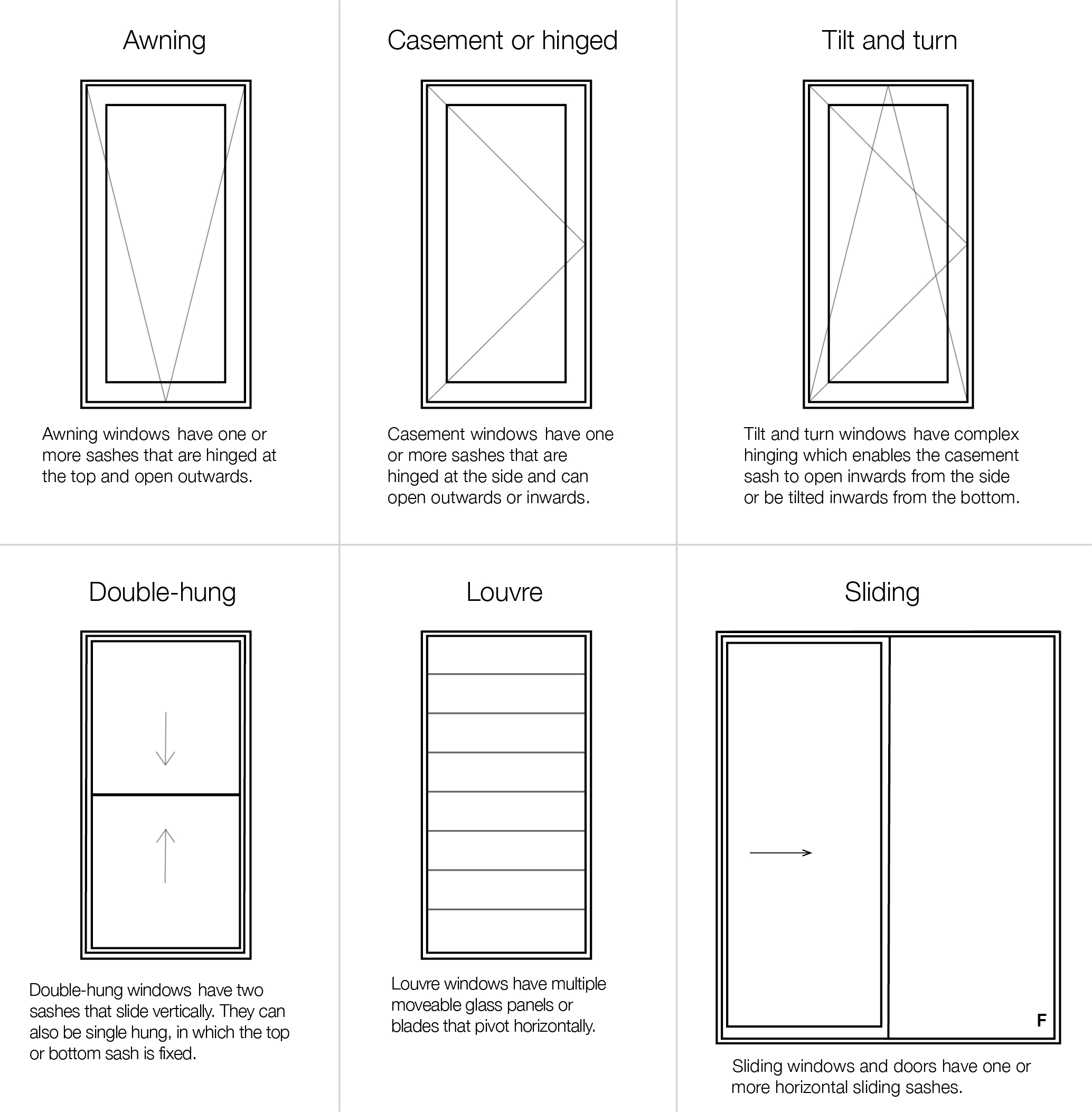All Categories
Featured
Table of Contents
Keep Cool This Summer Without Overusing Your Aircon. in South Lake WA
Laminated glass is often used in areas in the house most vulnerable to injury from human impact such as restrooms, doors, around staircases and in locations near the flooring (it fulfills the requirements of 'security glass' that is mandated for use in these areas by Australian Standard AS 1288 Glass in buildings).
Toughened glass has been 'tempered' by being reheated and quickly cooled again. This process makes it much more powerful than basic glass it can resist higher impact loads prior to breaking. It likewise makes it much safer because, when it does shatter, it breaks into many small cubic pieces instead of unsafe shards.
What Is Double Glazing Windows And Doors? in Maida Vale WA
Toughened glass has no thermal or acoustic benefits over other glass of the exact same toning or density. Secondary glazing is where single-glazed windows are retrofitted with a transparent acrylic or glass sheet connected to the within of the frame or openable sash with a secondary frame or with magnetic strips.


Secondary glazing will not perform also thermally as a made IGU, given that it is impossible to totally seal the border, but it can supply excellent noise control. Window movies are a thin polymer film containing a taking in dye or reflective metal layer, with an adhesive support. They adhere to your glazing to change its colour or make it reflective.
Twinglaze® Double Glaze Specification Act - Vic in Scarborough Perth
Applied to existing glass, some window films can halve the total SHGC of the window by taking in and/or reflecting solar radiation. This can be particularly helpful in hotter climates where cooling is the main issue, or on east and west elevations directly exposed to long periods of sunshine. However, window films might also reduce noticeable light transmittance.

For this factor, it is normally best to use a certified installer of window film. Frames have a considerable impact on the thermal performance of doors and windows, since energy can be gotten and lost through the frame, as well as through the glass. Different types of frame will permit various levels of heat gain and loss, so cautious choice of frame is necessary for effective passive design.
Canberra Window Replacement - Upvc Double Glazed ... in Karrinyup Perth
Aluminium is likewise a really excellent conductor of heat and will reduce the insulating value of a glazing unit, unless specifically crafted to lower this. A 'thermally broken' frame is comprised of 2 aluminium areas connected by a structural insulator (normally a low-conductivity structural polymer). This 'breaks' the thermal connection through the aluminium and lowers the heat streaming through the frame.
Wood frames are a good natural insulator that can match some home styles. Wood frames must be made from species that have naturally high resilience or be dealt with to avoid decay and contortion.
Canberra Window Replacement - Upvc Double Glazed ... in East Victoria Park Perth
Nevertheless, this can lead to spaces that allow air seepage unless great draught sealing (weather condition stripping) is installed. u, PVC is a type of plastic (unplasticised polyvinyl chloride, likewise referred to as stiff PVC). u, PVC frames supply exceptional thermal efficiency, frequently much better than wood or thermally damaged aluminium. u, PVC is long enduring and needs really little upkeep, and can be moulded into intricate profiles that supply exceptional air seals.
u, PVC windows and doors have excellent thermal performance Image: Ben Wrigley (Light House Architecture and Science) Composite frames use aluminium profiles on the external sections with either a lumber or u, PVC inner section. These integrate the low upkeep and durability of aluminium with much enhanced thermal efficiency.
Table of Contents
Latest Posts
Types Of Glazing For Your Windows, Explained in Wembley Downs WA
Single Vs Double Vs Triple - Which Window Is Right For Your ... in Eden Hill WA
Why Install Stunning Double Glazing Windows During Summer? in South Guildford WA
More
Latest Posts
Types Of Glazing For Your Windows, Explained in Wembley Downs WA
Single Vs Double Vs Triple - Which Window Is Right For Your ... in Eden Hill WA
Why Install Stunning Double Glazing Windows During Summer? in South Guildford WA